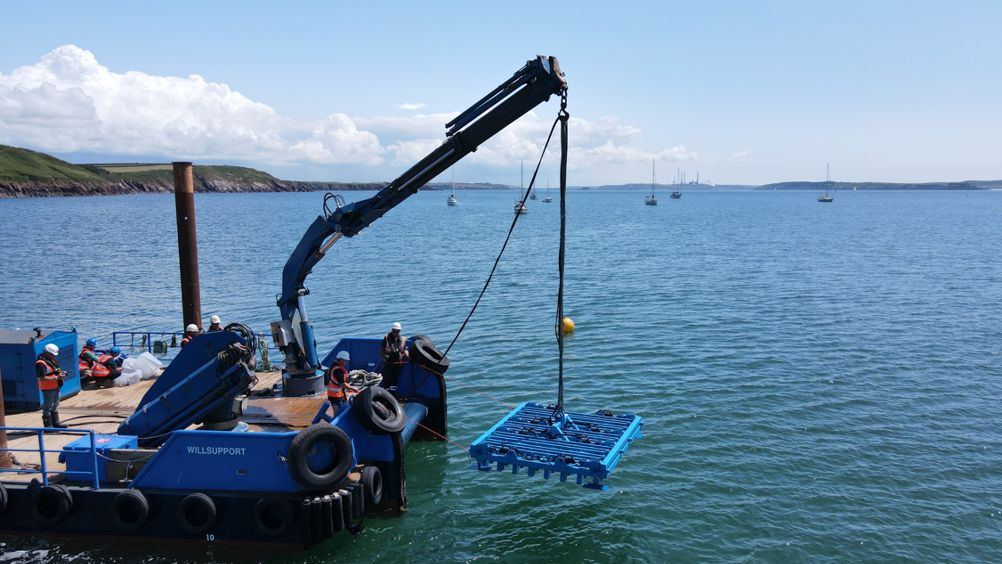Automated Seagrass Planter aims to restore and preserve vital coastal ecosystems
Environmental engineering company, Land & Water Group, has led the development of a new system for automating seagrass planting.

Earth Change, a division of the Land & Water group, an environmental engineering company, has collaborated with marine conservation organisation Project Seagrass, to develop and test an Automated Seagrass Planter (ASP).
The patent pending ASP aims to revolutionise the large-scale planting of seagrass to rejuvenate degraded habitats, enhance coastal resilience, and promote marine biodiversity. A trial was conducted in Dale Bay, Pembrokeshire, during June 2023, to test the scalable prototype. The project aims to restore and conserve the UK’s seagrass ecosystems, as well as to raise awareness of its importance and work towards its future protection as it mitigates climate change by capturing carbon dioxide from the atmosphere.
In Britain, most of the planting of seagrass is done by hand at low tide, or by divers at a high cost and low output. The ASP aims to reduce the time and effort needed for manual planting, as well as to minimise the environmental impact and invasiveness of divers standing on the seabed and creating holes by hand.
Register now to continue reading
Thanks for visiting The Engineer. You’ve now reached your monthly limit of news stories. Register for free to unlock unlimited access to all of our news coverage, as well as premium content including opinion, in-depth features and special reports.
Benefits of registering
-
In-depth insights and coverage of key emerging trends
-
Unrestricted access to special reports throughout the year
-
Daily technology news delivered straight to your inbox










Water Sector Talent Exodus Could Cripple The Sector
Well let´s do a little experiment. My last (10.4.25) half-yearly water/waste water bill from Severn Trent was £98.29. How much does not-for-profit Dŵr...